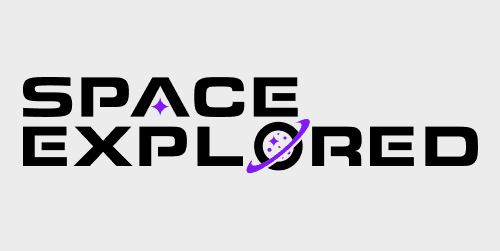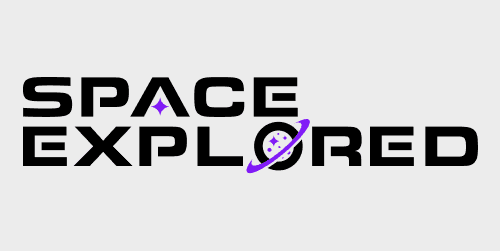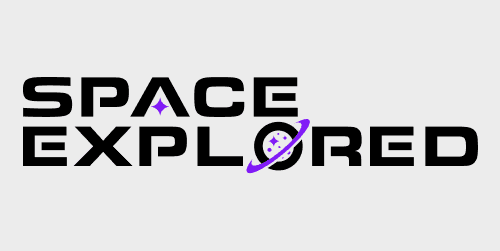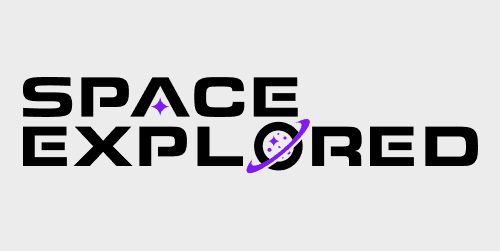
NASA tapped Astra, Firefly, and Relativity Space for its Venture Class Launch Services Demo 2 program, giving each company a contract to launch a group of smallsats into orbit to demonstrate the capabilities of their new vehicles. NASA didn’t share their reasoning for the selections or who else submitted proposals in that announcement. This information is found in a source selection statement published later in the month that addresses each company’s strengths and weaknesses.
The contract required companies to submit proposals for one of two missions. One mission would be launching 30 kg of CubeSats to a 500 km orbit. The second mission would be launching a 75 kg payload into a 550 km sun-synchronous orbit, plus 20 kg of other CubeSats into a similar orbit but with an inclination at least 10 degrees off from the primary payload. In total, 10 companies submitted proposals, but not all received high remarks from NASA.
The companies that were awarded contracts all got high praise from NASA on several areas like management, testing, and vehicle design. As we can see by NASA’s comments on the other companies, they are in a league of their own in the smallsat launcher market.
Seven companies submitted their bid for the first mission: Aevum, Astra, Gloyer-Taylor Laboratories, Interorbital Systems, Phantom Space Corporation, Phoenix Launch Systems, and Relativity Space. Two made submissions for the second mission: Firefly and Momentus. NASA mentioned Wagner Star Industries also submitted a proposal, but not for which mission (although it didn’t matter since their proposal arrived past the deadline … oops).

Aevum, which is the company behind the Raven X air-launch vehicle who announced their vehicle and pricing in a big live stream in December, was hit hard by NASA’s criticism on their state of launch services proposed. NASA called out issues with their payload fairing, payload integration, propulsion system, vehicle design, and the risks associated with the program. NASA even went as far as saying that Aevum does not “fully understand the complexity and challenges associated with achieving first launch.”

Gloyer-Taylor, Interorbital Systems, and Phoenix Launch Systems all had deficiencies in their bids that caused them to be disqualified for the contracts, stating management issues, technical issues, or “unacceptable exceptions to terms and conditions” for payment.
While these other companies seem to lag behind in the field of Astra, Relativity, or Firefly, some certainly have a chance at success in the agency’s view. Aevum was praised by NASA for their approach in general, and several other companies that didn’t get the contracts had good testing processes. Smallsats are becoming a big market, with more researchers choosing to use them for their projects and federal agencies like the Space Force wanting to build cheaper and easier to replace constellations to support their needs. While there might not much more room for more smallsat launch providers, growth in the maturity in the launch providers that are active is a good sign.
Enjoy reading Space Explored?
Help others find us by following on Apple News and Google News. Be sure to check us out on YouTube, Twitter, Facebook, and Instagram, join our Discord!
FTC: We use income earning auto affiliate links. More.




Comments